Adjusting the pressure of a bidet is an important step in ensuring a comfortable and personalized cleaning experience. Whether you are new to using a bidet or looking to optimize its settings, understanding how to manage the water pressure is key.
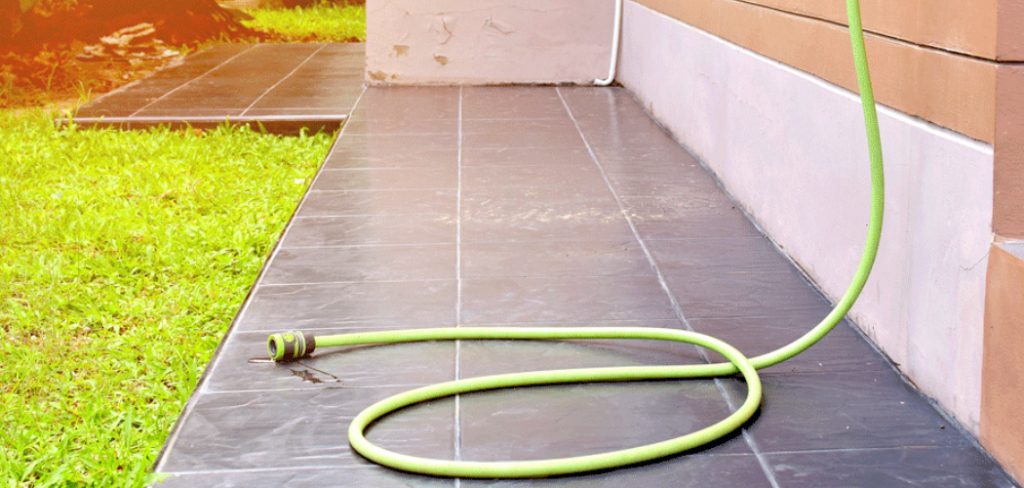
This guide on how to adjust bidet pressure will walk you through the simple steps to adjust bidet pressure effectively, enhancing both convenience and hygiene.
What is Bidet Pressure?
Bidet pressure refers to the force of the water stream that is emitted from the bidet nozzle during use. It is an essential aspect of the bidet’s functionality, as it determines the effectiveness and comfort of the cleaning process. Too much pressure may feel uncomfortable or even irritating, while too little pressure might not provide adequate cleaning.
Modern bidets often come with adjustable pressure settings, allowing users to customize the water flow to suit their preferences and needs. This adjustability ensures a gentle yet efficient experience for users of all ages and sensitivities.
Things to Consider Before Adjusting Bidet Pressure
When considering adjusting the bidet pressure, there are a few factors to keep in mind:
Water Source:
The water source for your bidet can affect the pressure. For example, a bidet connected to a hot water supply may have stronger pressure than one using only cold water.
Personal Sensitivities:
Each individual has unique sensitivities and preferences, so it’s essential to consider this before adjusting the pressure. Some people may prefer a higher pressure for a thorough clean, while others may find it too intense.
Bidet Model:
Different models of bidets may have varying maximum pressure limits or settings. Before making any adjustments, refer to the manufacturer’s instructions or user manual to ensure you are within the safe range for your specific bidet model.
8 Steps on How to Adjust Bidet Pressure
Step 1: Locate the Pressure Control Mechanism
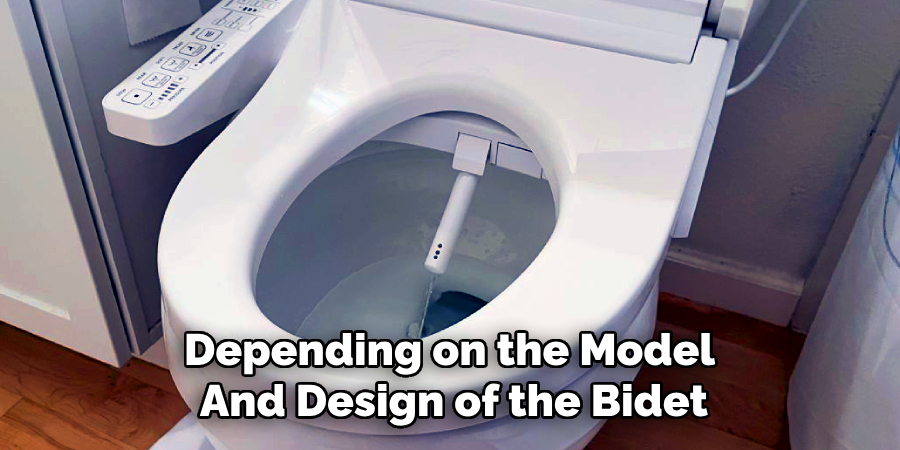
Begin by identifying the pressure control mechanism on your bidet. This mechanism is typically a dial, lever, or button, depending on the model and design of the bidet. On manual bidets, the control dial or lever is often located on the side of the bidet seat or as part of the attached control panel.
For electronic bidets, check the remote control or built-in panel for pressure adjustment options. Ensure you understand how the controls function before proceeding to adjust the pressure.
Step 2: Turn the Dial or Press the Button
Once you have located the pressure control mechanism, adjust the bidet pressure by either turning the dial, sliding the lever or pressing the designated button. Start with a low-pressure setting to avoid discomfort, especially if you are unfamiliar with the bidet’s pressure intensity.
Gradually increase the pressure while testing the water flow to find the level that feels most comfortable and effective for your needs. Be cautious when adjusting, as sudden increases in pressure might cause an unpleasant experience.
Step 3: Test the Pressure
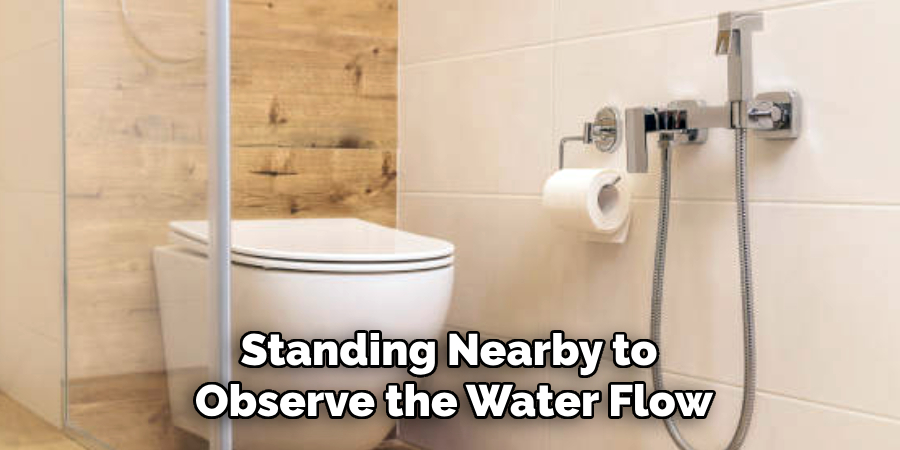
After making your adjustment, it is important to test the pressure setting to ensure it is at a comfortable level. To do this, activate the bidet while standing nearby to observe the water flow without direct contact. This allows you to evaluate the strength of the stream before using it.
If the pressure appears too weak or too strong, make further adjustments using the control mechanism until you achieve a suitable level. Testing this way ensures that the bidet is both effective and comfortable for use.
Step 4: Check for Leaks
Once you have adjusted the pressure and tested the water flow, it is essential to check for any leaks around the bidet system. Inspect the connections between the water supply, hoses, and the bidet unit itself to ensure they are secure and free from drips or water pooling. Leaks can sometimes occur if the fittings are not tightened properly or if there is damage to the components.
Addressing any leaks promptly not only prevents water waste but also ensures the bidet operates efficiently and safely. If you notice leaks, tighten the connections gently or consult the user manual for further troubleshooting.
Step 5: Consider Temperature Settings
Some bidet models also offer temperature adjustment options, allowing users to control the temperature of the water. If your bidet has this feature, you may want to consider adjusting it along with the pressure for an optimal cleaning experience.
Warmer temperatures can provide added comfort during colder seasons or in chilly bathrooms.
Step 6: Consult the User Manual
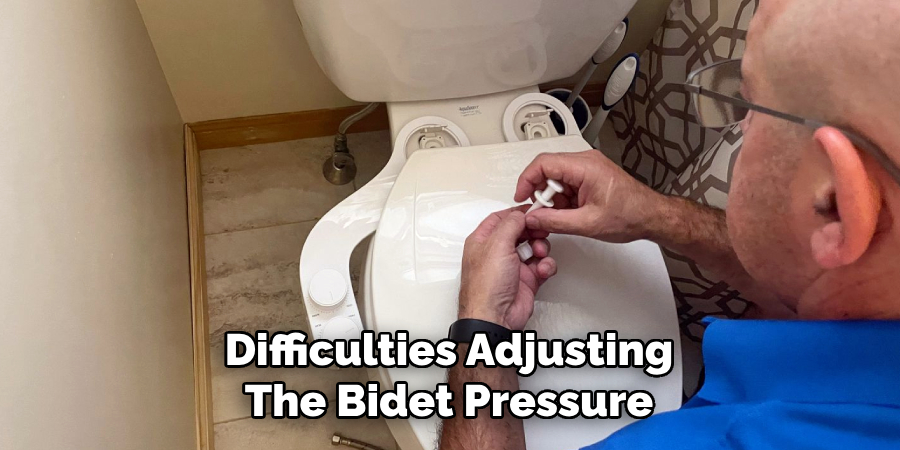
If you encounter difficulties adjusting the bidet pressure or if the adjustments do not seem to work as intended, consult the user manual provided with your bidet. The manual contains detailed instructions and troubleshooting tips specific to your bidet model. It may also provide guidance about pressure limits, recommended settings, and instructions for resolving common issues.
Referring to the user manual ensures that you follow proper procedures while avoiding potential damage to the bidet system. If the manual is unavailable, check the manufacturer’s website for digital copies or contact their customer support for assistance.
Step 7: Seek Professional Assistance
If you are unsure about adjusting the bidet pressure or if your attempts to adjust it fail, consider seeking professional assistance. A plumber or a technician familiar with bidet systems can help diagnose and fix any issues that prevent proper pressure adjustment. They can also provide valuable insights on maintaining and optimizing your bidet for long-term use.
You may also consider seeking professional assistance if the bidet is part of a larger bathroom renovation project or if you encounter any unexpected problems with your bidet system.
Step 8: Regular Maintenance
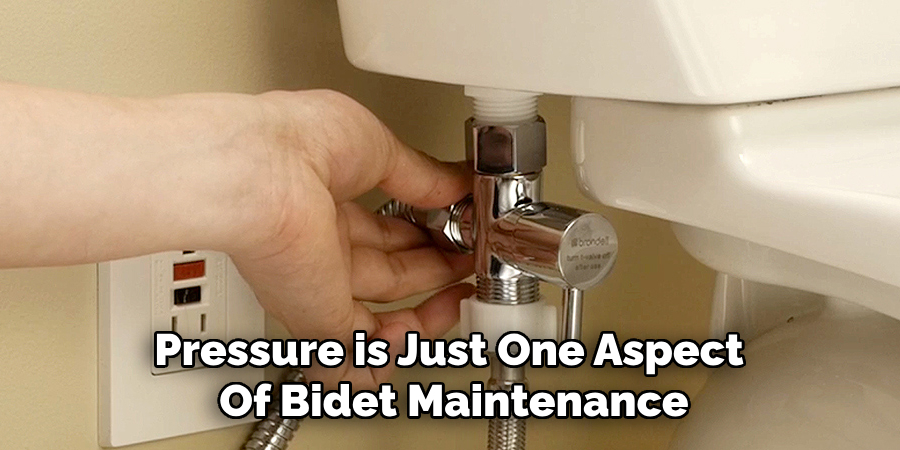
Adjusting the bidet pressure is just one aspect of bidet maintenance. To ensure optimal performance and longevity, regular cleaning and upkeep are necessary. Follow manufacturer guidelines on how to adjust bidet pressure regarding cleaning solutions, materials, and frequency to avoid damaging the system.
Regularly check for leaks, blockages, or any other issues that may affect the bidet’s pressure and performance. Proper maintenance also ensures hygiene, making your bidet a more pleasant and sanitary experience.
Maintenance and Troubleshooting Tips
Regular Cleaning:
Clean your bidet regularly to prevent the buildup of mineral deposits, mold, or bacteria. Use a mild, non-abrasive cleaner and a soft cloth to wipe down the surfaces, paying special attention to the nozzle. Some bidets have a self-cleaning feature—activate it as specified in the user manual to maintain nozzle hygiene.
Check Water Pressure:
If you notice that the water pressure is consistently low, check the main water supply for your home or building. Low overall water pressure can affect your bidet’s performance and prevent proper pressure adjustment. Contact a plumber if necessary to address any issues with the main water supply.
Replace Worn Parts:
Over time, certain components of your bidet system may wear out and affect its performance. Check for signs of damage, such as cracks or tears in hoses or worn-out seals. Replace these parts as needed to maintain optimal pressure and functionality.
Avoid Harsh Chemicals:
When cleaning your bidet, avoid using harsh chemicals such as bleach, ammonia, or vinegar. These chemicals can damage the bidet’s components and affect its performance. Stick to mild cleaners recommended by the manufacturer.
Consult a Professional:
If you encounter any problems with your bidet that cannot be resolved through troubleshooting or maintenance, consult a professional for assistance. They can diagnose and fix any underlying issues or recommend necessary repairs or replacements.
Frequently Asked Questions
Q: How Do I Know if the Pressure is Too High?
A: If the water flow feels uncomfortable or causes irritation or pain, it may be a sign that the pressure is too high. Adjust it accordingly for a more comfortable experience.
Q: Can I Use a Bidet If I Have Sensitive Skin?
A: Yes, bidets can be used by individuals with sensitive skin. Adjust the pressure to a comfortable level and avoid using harsh chemicals when cleaning the unit. Consult a doctor if you have any concerns about using a bidet with sensitive skin conditions.
Q: How Often Should I Clean My Bidet?
A: For optimal hygiene, clean your bidet at least once a week or more frequently as needed. Refer to the manufacturer’s guidelines for specific recommendations on cleaning frequency.
Q: Is Adjusting Bidet Pressure Safe?
A: Yes, adjusting the pressure of your bidet is safe as long as you follow proper procedures and use gentle pressure when making adjustments. If you encounter any difficulties, consult the user manual or seek professional assistance.
Q: Can I Adjust the Pressure of My Bidet Mid-Use?
A: No, it is not recommended to adjust the pressure while using the bidet. This can disrupt the cleaning process and potentially cause discomfort or injury. Make sure to adjust the pressure before activating the bidet for a more comfortable experience.
Conclusion
Adjusting the pressure on your bidet is a straightforward process that requires careful consideration of personal sensitivities, following manufacturer instructions, regular maintenance, and seeking professional assistance when necessary.
With these steps on how to adjust bidet pressure in mind, you can customize your bidet experience to suit your needs and preferences while ensuring optimal performance and safety. Enjoy the luxurious and hygienic benefits of a bidet without sacrificing comfort by finding the perfect pressure setting for you.

